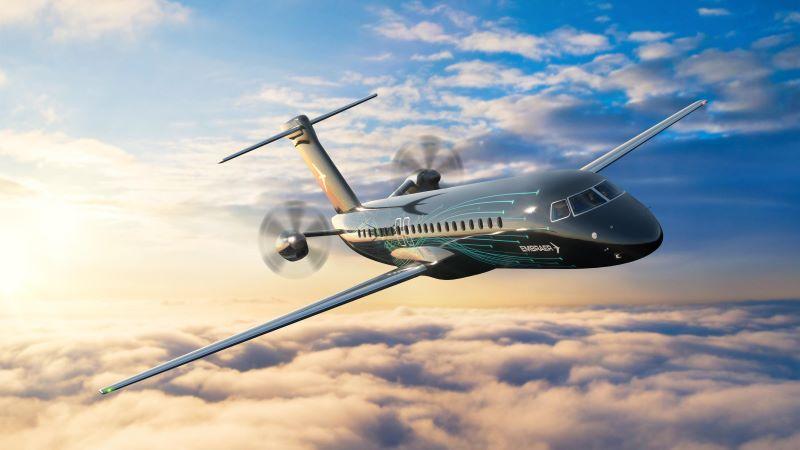
Credit: Embraer
Embraer expects to choose an engine supplier for its proposed new turboprop by year-end and is exploring “alternatives” for funding the project, CEO Francisco Gomes Neto said. “We are progressing well on tests, wind tests and other engineering activities,” Gomes Neto told analysts on an Aug. 4...
Subscription Required
This content requires a subscription to one of the Aviation Week Intelligence Network (AWIN) bundles.
Schedule a demo today to find out how you can access this content and similar content related to your area of the global aviation industry.
Already an AWIN subscriber? Login
Did you know? Aviation Week has won top honors multiple times in the Jesse H. Neal National Business Journalism Awards, the business-to-business media equivalent of the Pulitzer Prizes.





